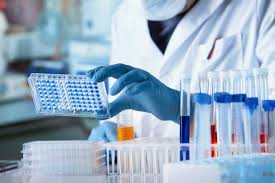Introduction to Technology and Innovation
Technology and innovation are driving forces behind human progress. today is lot of technology process old cars has been technology and all gadgets has been technology and have been innovation day by day Throughout history, advancements in science and engineering have transformed the way we live, work, and interact with the world. From the invention of the wheel to the development of artificial intelligence, technology has continuously evolved to meet the needs of society.
Innovation, on the other hand, refers to the process of improving existing technologies or creating new ones to solve problems efficiently. It involves creativity, experimentation, and the ability to adapt to changing circumstances. Whether in medicine, communication, transportation, or energy, innovation plays a crucial role in shaping the future.



Thank you for your sharing. I am worried that I lack creative ideas. It is your article that makes me full of hope. Thank you. But, I have a question, can you help me?
yes i will help you